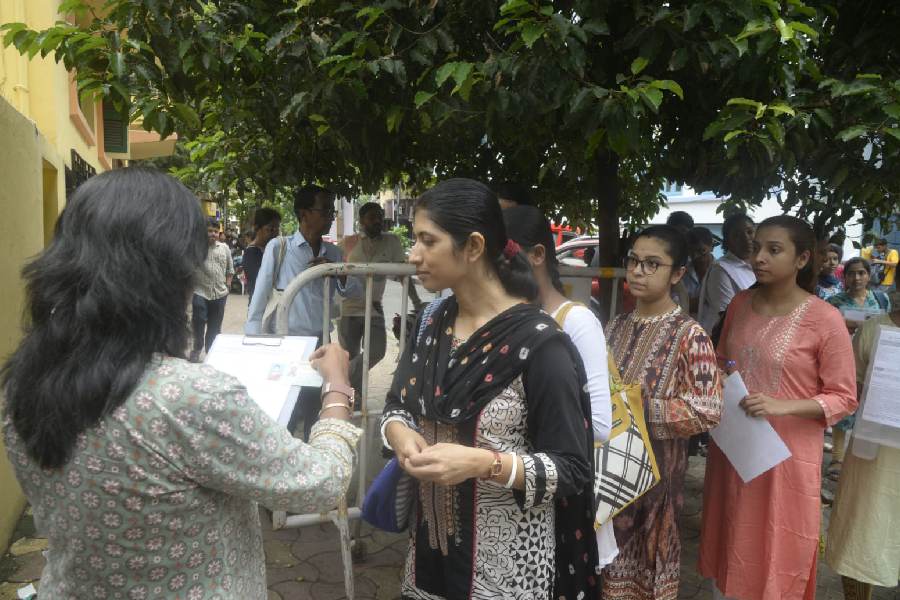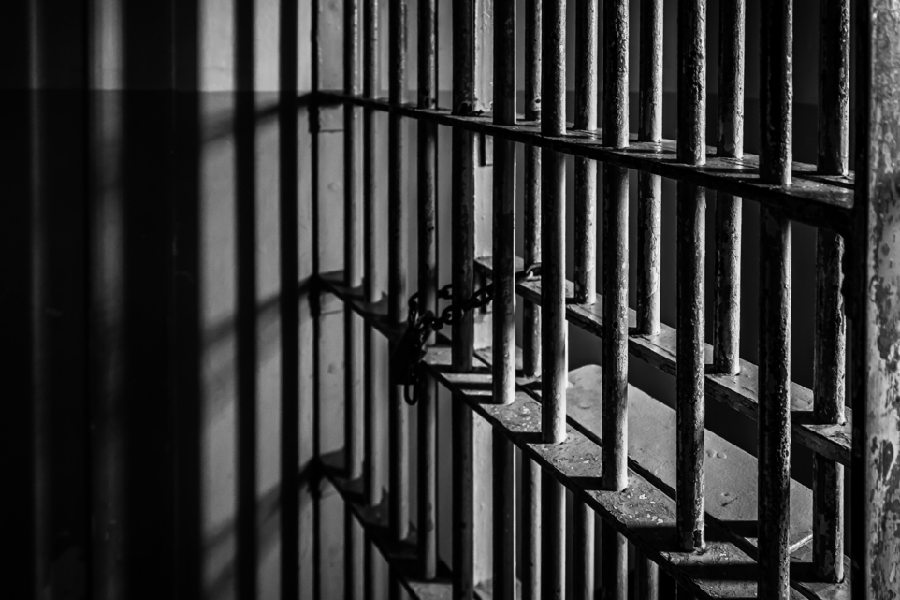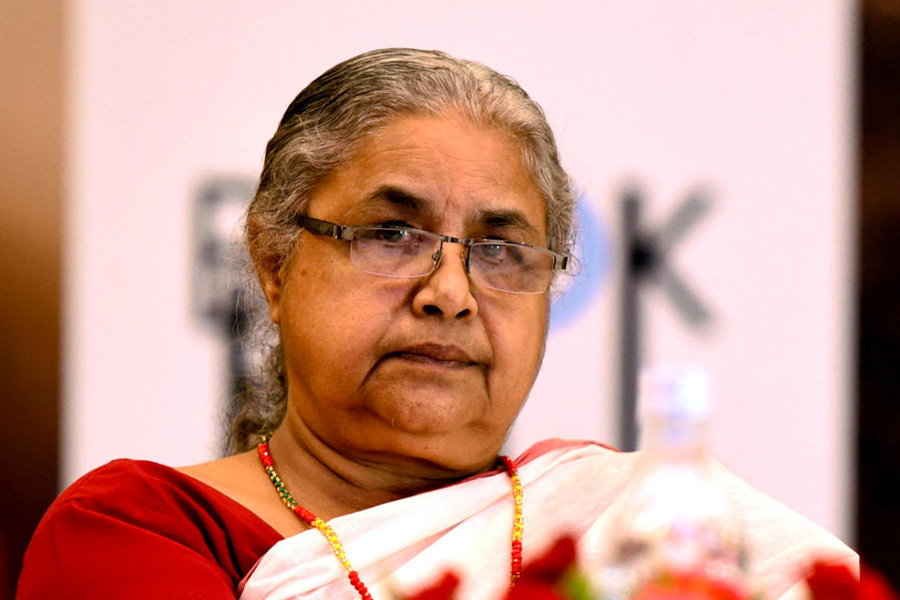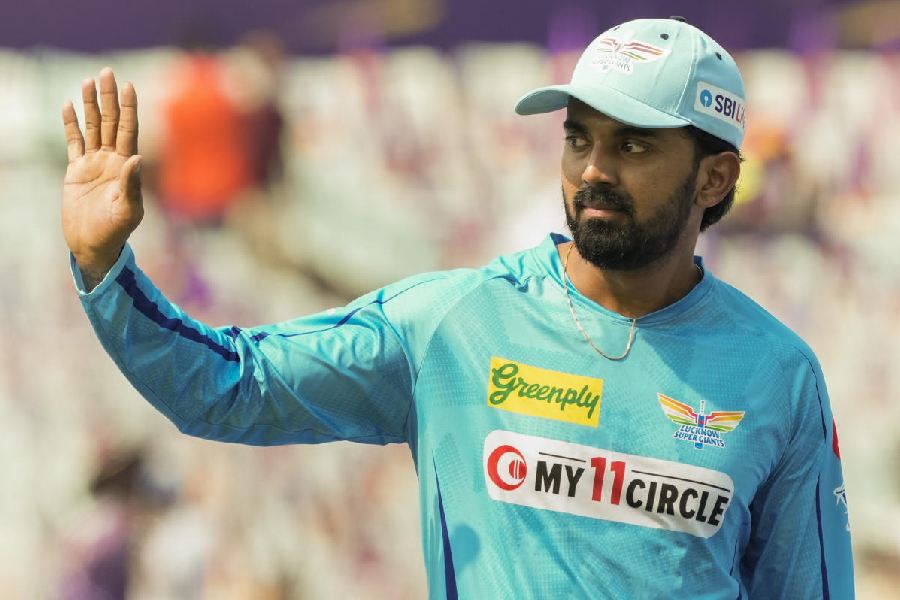Year after year, there are reports of children drowning in swimming pools. Yet, we, as a people, continue to ignore pool safety. Already this year, two young children in Pune have drowned in residential swimming pools. While four-year-old Narendra died in the swimming pool at Siddheshwar Housing Society on April 11, six-year-old Harshad met a similar fate at the Sujay Garden residential complex on April 15. About a year earlier, 13-year-old Saurabh Sahu had drowned in similar tragic circumstances at the pool of another residential complex, Gagan Vihar society.
With swimming gaining popularity as a sport as well as a source of recreation, most residential complexes these days are building swimming pools for the convenience of the residents. What they are not realising however is that without adequate safety measures, these pools can well become death traps, particularly for young children.
In the United States, the US Consumer Product Safety Commission estimates that about 250 children under the age of five die annually in swimming pools. There is also a large number of children who sustain injuries as a result of accidents in pools. In the year 2002, for example, an estimated 1,600 children were treated in hospital emergency rooms for submersion injuries. And many of these deaths and injuries occurred in residential pools, according to UPSC.
In India, in the last decade or so, deaths of small children by drowning have been reported from swimming pools constructed in schools, clubs and recreation centres. But now with housing complexes providing swimming facilities to residents, the number of casualties may well go up, unless adequate safety measures are taken.
Besides the design and construction of the pool and the maintenance of standards of hygiene, all swimming pools should provide for certain basic safety provisions to prevent accidents. One of the most important safety precautions is to ensure that the pools are never overcrowded. The entry and exit of every person should be recorded and younger children and learners should never be allowed to go into the deeper side of the pool. There should be an adequate number of fully trained lifeguards at all times. When the swimming pool is not in use, it should be barricaded to prevent children from entering the pool or accidentally falling into it. There should be adequate first aid facilities at the pool side. Failure to follow any of these safety measures could well lead to a tragedy.
So the next time you take a dip in a swimming pool or send your children to a pool, make sure that the pool follows all safety regulations. And always keep an eye on your children while they are in the pool.











